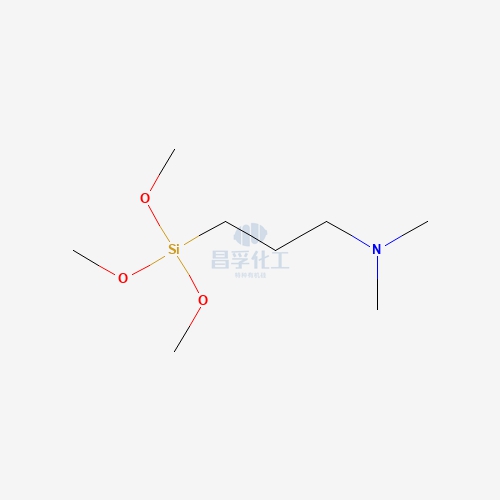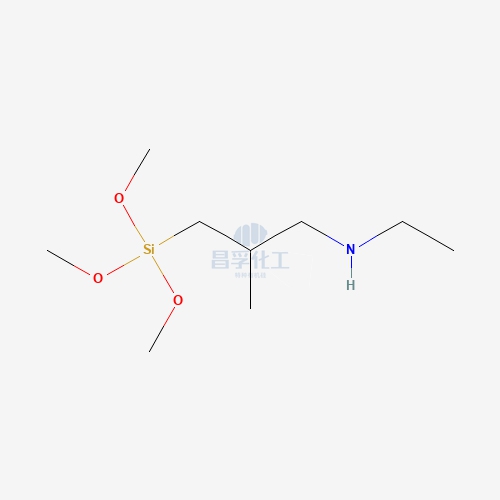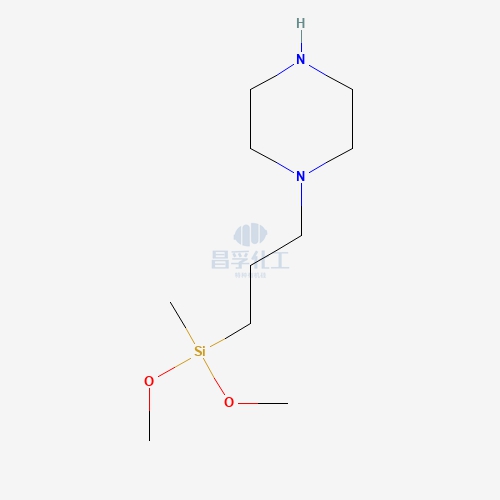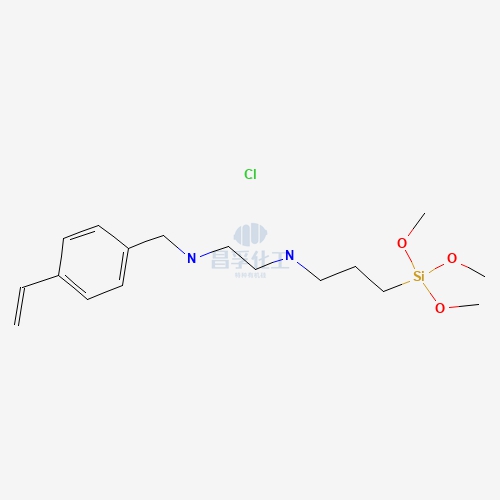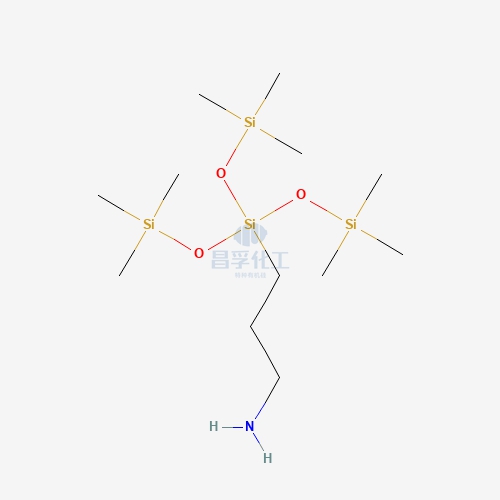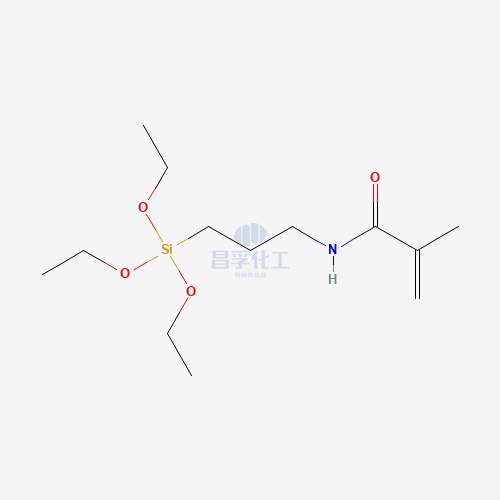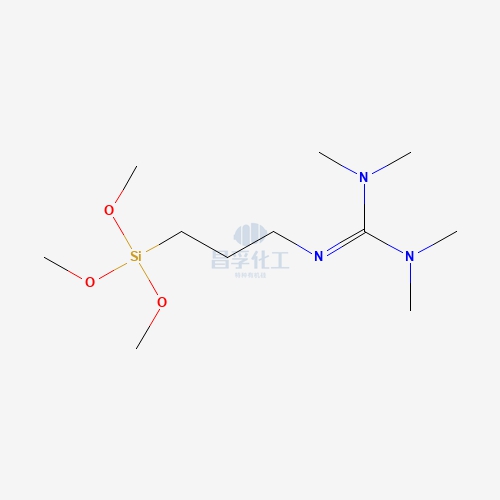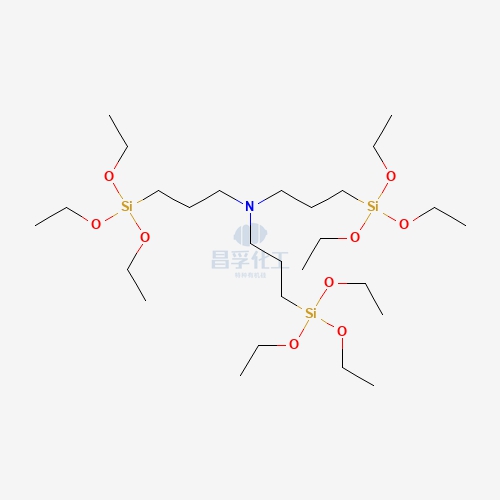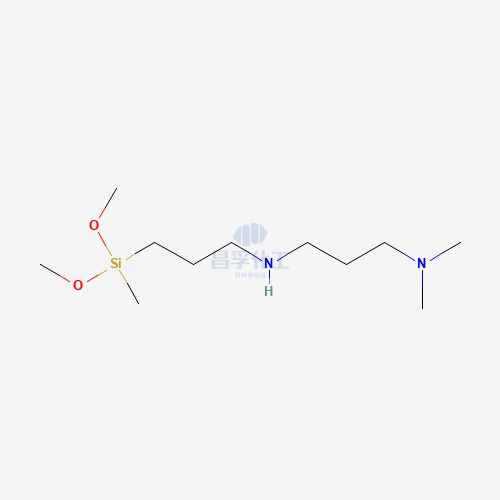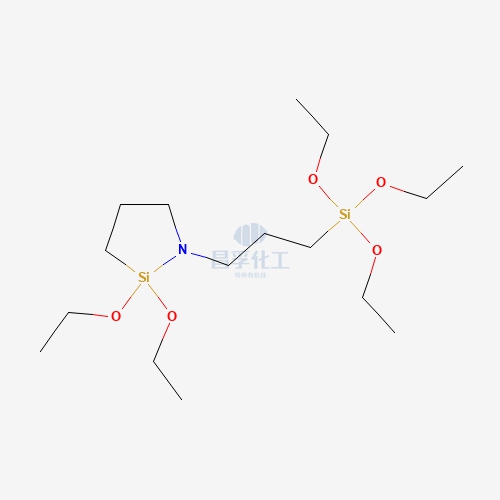
Contact Changfu Chemical Now!
+86 27 8439 6550 | +86 181 6277 0058
What is Silicone Surfactant? A Comprehensive Guide
Introduction
Silicone surfactants are a unique class of compounds widely used across various industries for their exceptional properties. But what exactly is a silicone surfactant, and why is it so important? This blog aims to demystify silicone surfactants by exploring their chemical structure, properties, applications, and benefits.
Understanding Surfactants: A Brief Overview
Surfactants, or surface-active agents, are compounds that lower the surface tension between two liquids, between a gas and a liquid, or between a liquid and a solid. They play a crucial role in a variety of applications, from cleaning products to personal care items.
Types of Surfactants
Surfactants are categorized into four main types: anionic, cationic, nonionic, and amphoteric.
Role of Surfactants
They act as detergents, wetting agents, emulsifiers, foaming agents, and dispersants.
What is Silicone Surfactant?
Silicone surfactants are a specialized type of surfactant where the hydrophobic portion of the molecule is based on a silicone backbone. This unique structure gives silicone surfactants their distinctive properties.
Chemical Structure
Silicone surfactants consist of a silicone backbone (polydimethylsiloxane) attached to various organic groups, which are typically hydrophilic.
Key Characteristics
These surfactants are known for their low surface tension, high spreadability, and ability to form stable emulsions.
Chemical Composition and Structure of Silicone Surfactants
The chemical structure of silicone surfactants is what sets them apart from traditional organic surfactants.
Silicone Backbone
The silicone backbone provides flexibility, low surface tension, and thermal stability.
Functional Groups
Organic groups attached to the silicone backbone determine the surfactant’s hydrophilicity and overall behavior in formulations.
How Silicone Surfactants Work
Silicone surfactants function by reducing the surface tension of liquids, allowing for better mixing and spreading of ingredients.
Mechanism of Action
The unique structure allows these surfactants to orient themselves at the interface of different phases, such as oil and water, effectively lowering the interfacial tension.
Emulsification
They help in forming stable emulsions, which are crucial in many formulations, especially in cosmetics and personal care products.
Unique Properties of Silicone Surfactants
Silicone surfactants possess several unique properties that make them valuable in various applications.
Low Surface Tension
They can reduce surface tension more effectively than many organic surfactants.
High Thermal Stability
Silicone surfactants are stable at high temperatures, making them suitable for applications requiring heat resistance.
Superior Wetting and Spreading
These surfactants are excellent at spreading across surfaces, which is essential in coatings and personal care products.
Applications of Silicone Surfactants
Silicone surfactants are used in a wide range of industries due to their versatile properties.
Personal Care Products
They are used in shampoos, conditioners, and skin care products for their conditioning and emulsifying properties.
Agriculture
In agrochemicals, silicone surfactants improve the spread and penetration of herbicides and pesticides.
Polyurethane Foams
They play a crucial role in the production of polyurethane foams, where they control cell size and distribution.
Coatings and Paints
In paints and coatings, they enhance wetting and leveling, leading to smoother finishes.
Silicone Surfactants in Personal Care Products
One of the most prominent uses of silicone surfactants is in the personal care industry.
Hair Care
In shampoos and conditioners, they provide conditioning benefits, reduce frizz, and enhance shine.
Skin Care
In skin care products, silicone surfactants improve the spreadability and absorption of active ingredients, making products feel smoother and more luxurious.
Benefits of Using Silicone Surfactants
Silicone surfactants offer numerous advantages over traditional surfactants.
Enhanced Spreadability
Their ability to spread thinly and evenly on surfaces leads to more efficient application and better results.
Long-Lasting Effects
Due to their high thermal and oxidative stability, products containing silicone surfactants tend to have a longer shelf life.
Mildness
Silicone surfactants are generally less irritating to the skin and eyes, making them ideal for use in personal care formulations.

Environmental Impact of Silicone Surfactants
The environmental impact of silicone surfactants is a topic of ongoing research.
Biodegradability
While traditional silicone surfactants are not highly biodegradable, newer formulations are being developed to improve their environmental footprint.
Regulatory Considerations
The use of silicone surfactants is subject to regulatory oversight to ensure safety and environmental sustainability.
Challenges in Using Silicone Surfactants
Despite their many benefits, silicone surfactants also come with certain challenges.
Cost
Silicone surfactants are generally more expensive than traditional surfactants, which can be a limiting factor in some applications.
Formulation Issues
They can sometimes be challenging to formulate with, especially in products that require a precise balance of ingredients.
Innovations in Silicone Surfactant Technology
The field of silicone surfactants is constantly evolving with new innovations.
Green Chemistry
Efforts are being made to develop more environmentally friendly silicone surfactants through green chemistry principles.
Enhanced Biodegradability
Researchers are working on creating silicone surfactants that are more readily biodegradable to reduce their environmental impact.
Silicone Surfactants vs. Organic Surfactants
Silicone surfactants differ significantly from organic surfactants in terms of structure, properties, and applications.
Comparison of Properties
Silicone surfactants generally have lower surface tension, better thermal stability, and superior spreading properties compared to organic surfactants.
Application Differences
While organic surfactants are more common in household products, silicone surfactants are preferred in high-performance applications like cosmetics and industrial formulations.
Future Trends in Silicone Surfactants
The future of silicone surfactants looks promising with several emerging trends.
Sustainable Development
The push towards sustainability is driving the development of new silicone surfactants that are more eco-friendly.
Customized Solutions
As technology advances, there is a growing demand for silicone surfactants tailored to specific applications, offering unique performance characteristics.
Common Myths About Silicone Surfactants
There are several misconceptions about silicone surfactants that need to be addressed.
Myth: Silicone Surfactants Are Harmful
Contrary to popular belief, silicone surfactants are generally safe and effective when used as directed.
Myth: All Silicones Are the Same
Not all silicones are created equal; silicone surfactants are specially formulated to perform specific functions that traditional silicones cannot.
Frequently Asked Questions (FAQs)
Q1: Are silicone surfactants safe for use in cosmetics?
A1: Yes, silicone surfactants are considered safe for use in cosmetics. They are used in various personal care products due to their mildness and effectiveness.
Q2: What makes silicone surfactants different from other surfactants?
A2: The main difference lies in their chemical structure. Silicone surfactants have a silicone-based backbone, which gives them unique properties such as low surface tension and high thermal stability.
Q3: Can silicone surfactants be used in food products?
A3: While some surfactants are approved for use in food, silicone surfactants are typically used in industrial and cosmetic applications rather than food products.
Q4: How do silicone surfactants benefit hair care products?
A4: In hair care, silicone surfactants provide conditioning, reduce frizz, and enhance the shine and smoothness of hair.
Q5: Are silicone surfactants biodegradable?
A5: Traditional silicone surfactants are not highly biodegradable, but newer formulations are being developed to improve biodegradability and reduce environmental impact.
Q6: What are the challenges in using silicone surfactants?
A6: The main challenges include their higher cost compared to organic surfactants and formulation difficulties in some products.
Conclusion
Silicone surfactants are versatile, high-performance compounds that play a critical role in various industries, from personal care to agriculture. Their unique properties make them indispensable in many applications, and ongoing research and innovation continue to expand their potential. As the demand for more sustainable and effective surfactants grows, silicone surfactants are likely to remain at the forefront of this dynamic field.
If you're interested in exploring high-performance silicone surfactants, such as polyether modified siloxane, you can learn more by visiting specialized suppliers who offer a range of silicone-based solutions tailored to your needs.
Popular Silicon Compounds
Popular Silicon Compounds
Related News & Blog
Related News & Blog


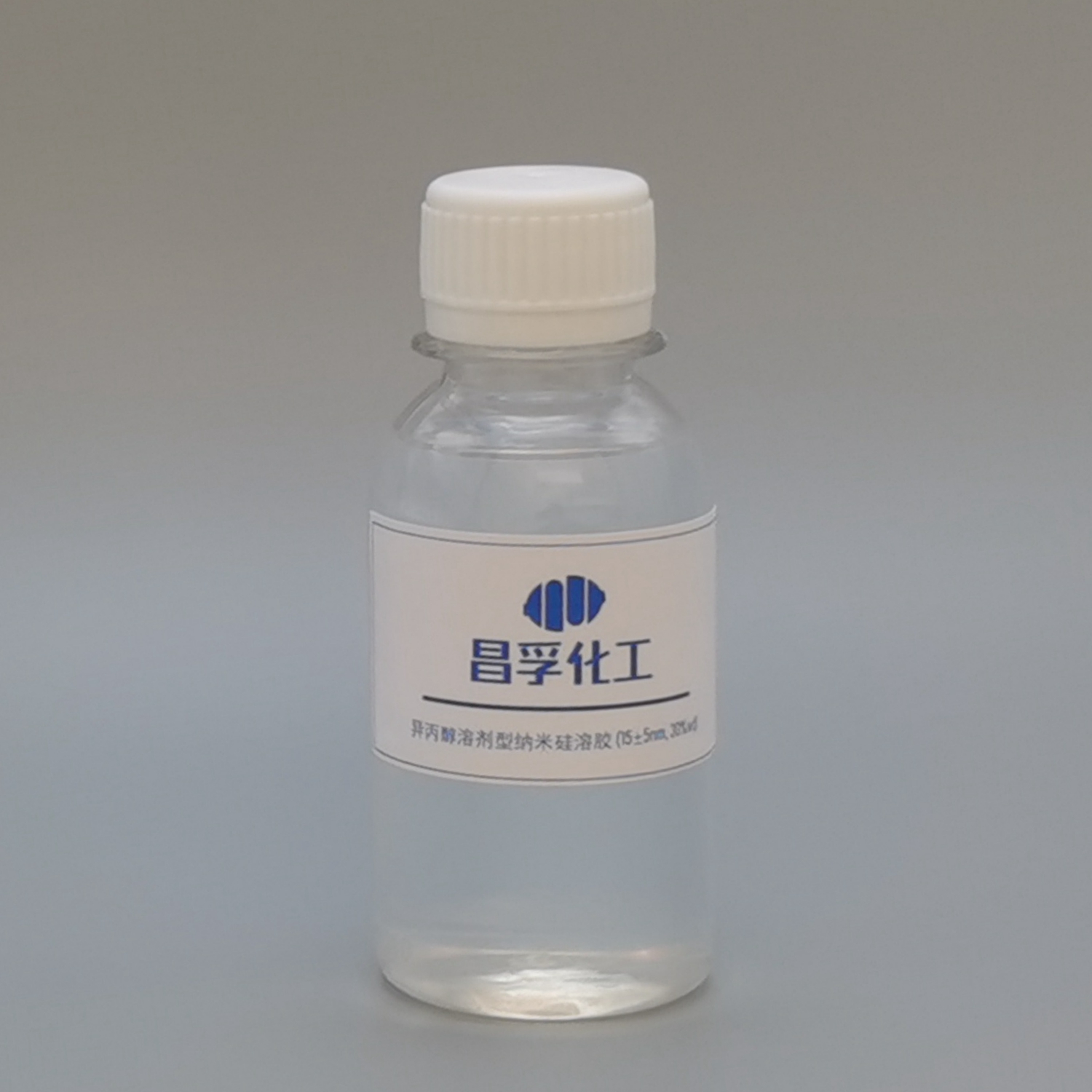
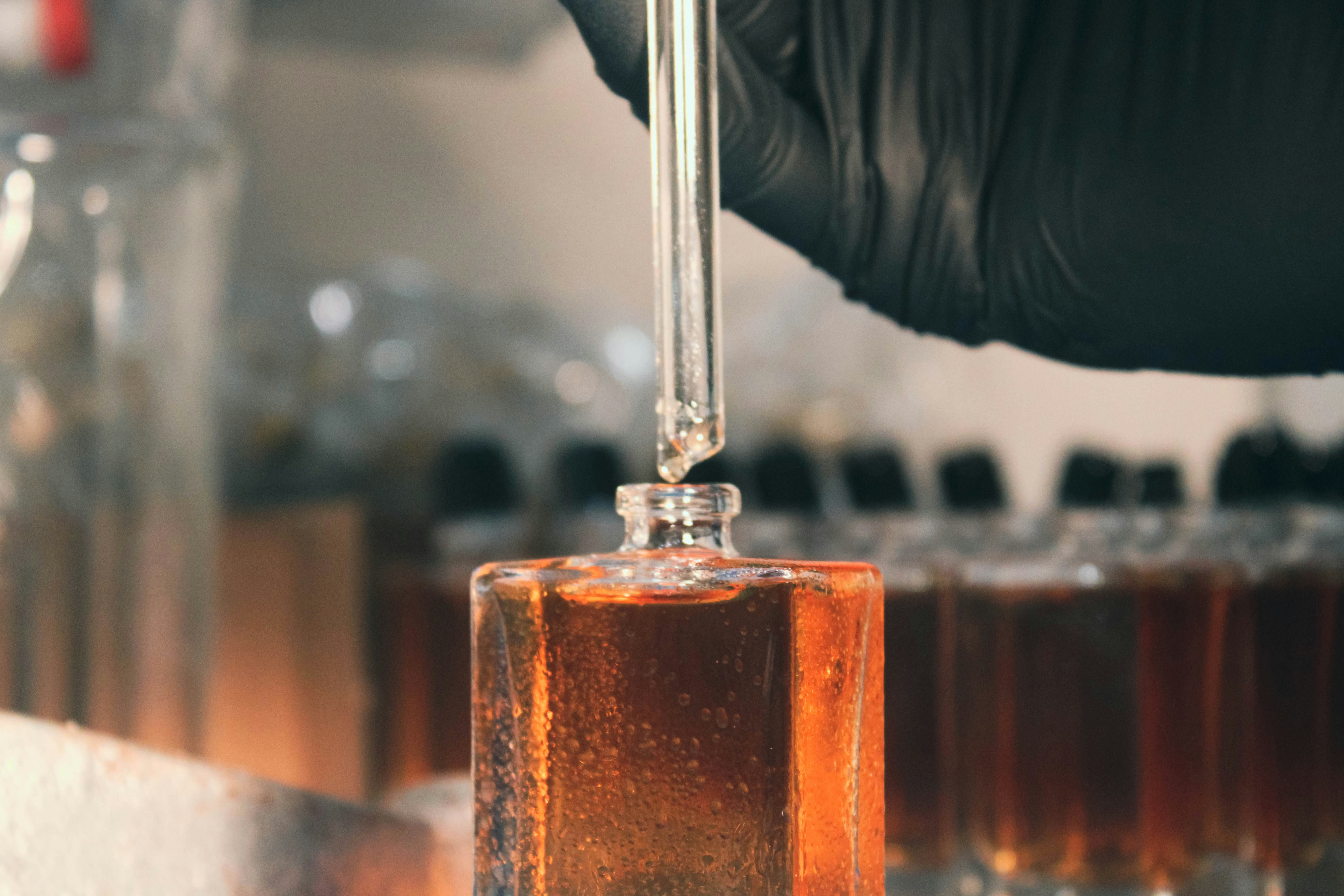








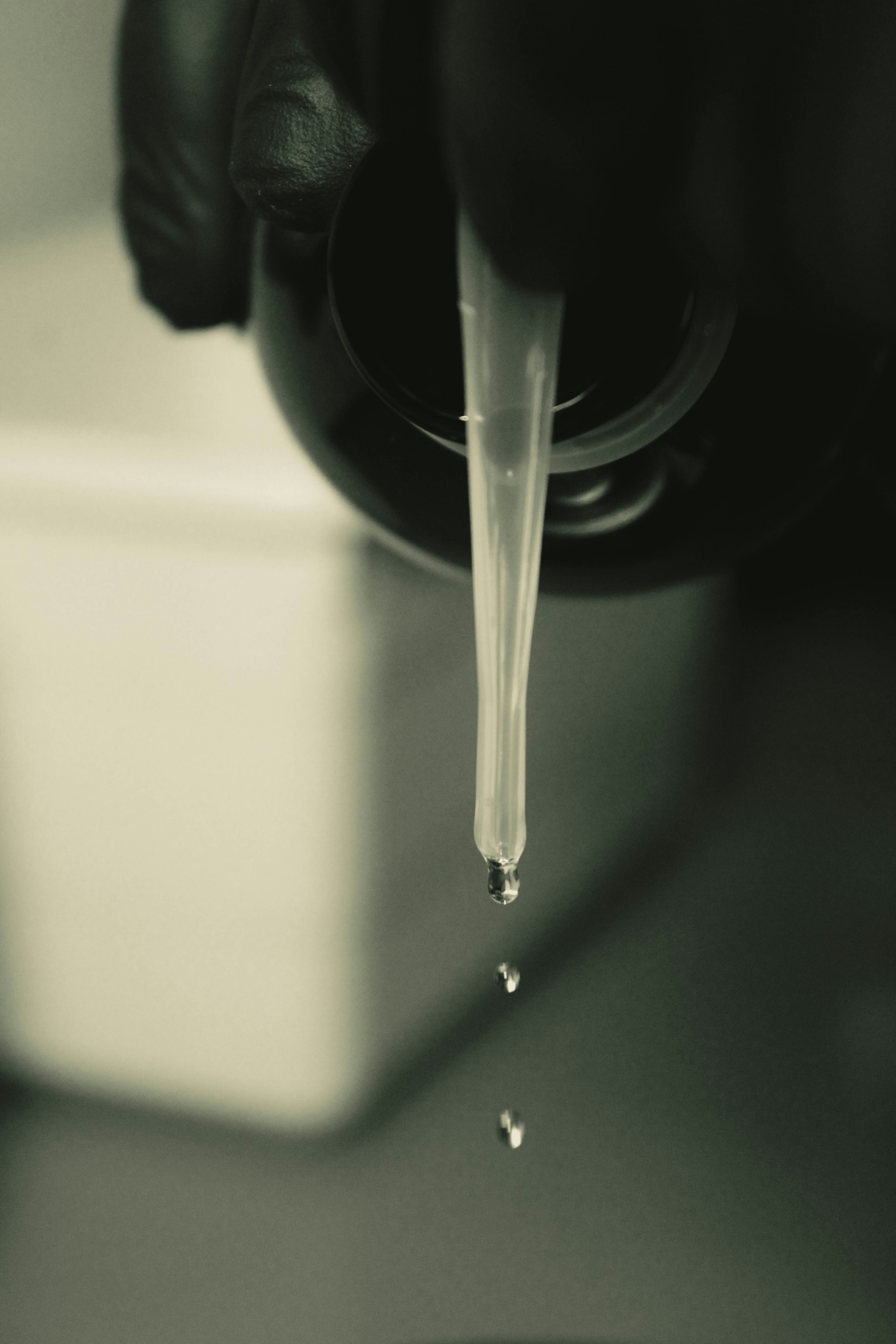











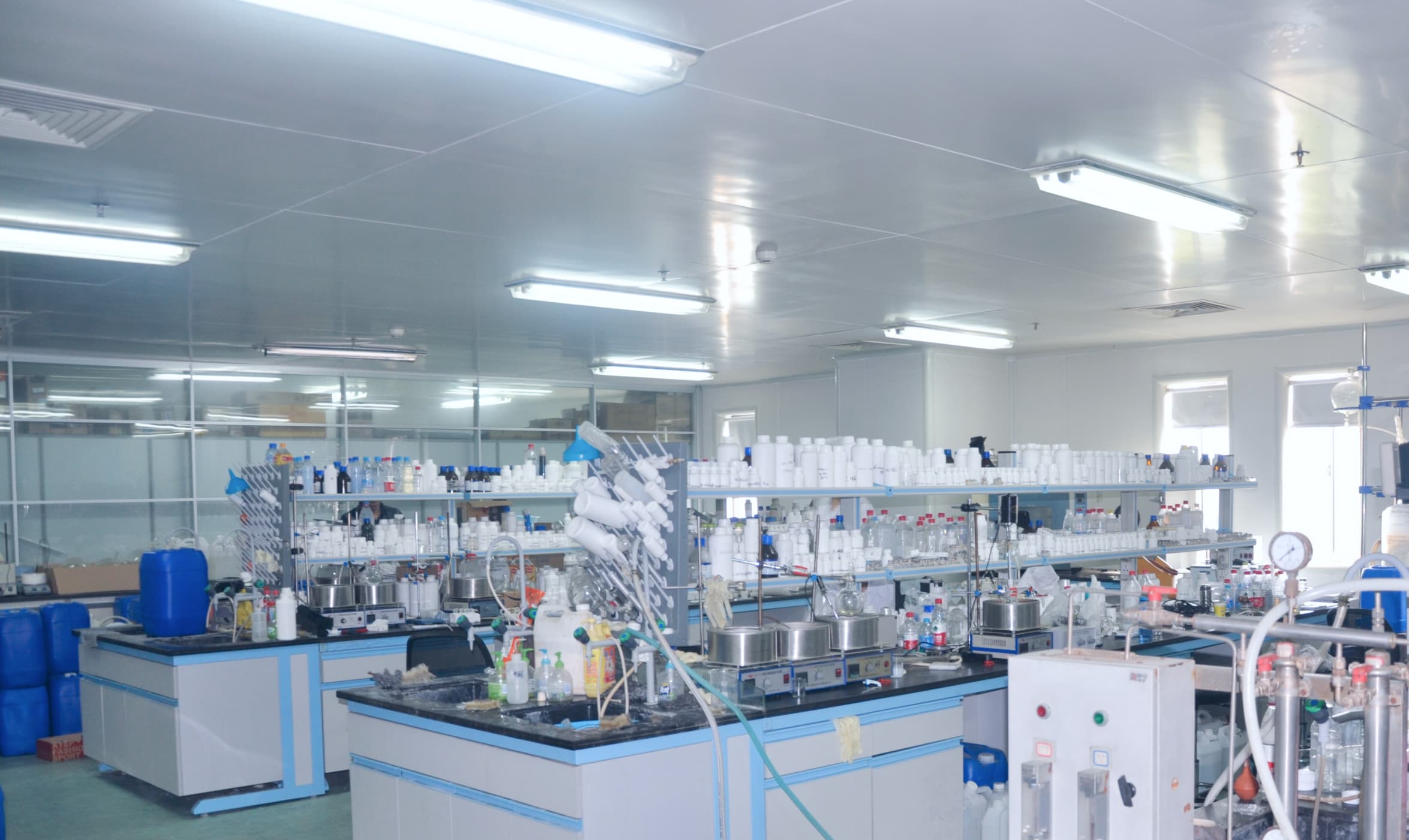



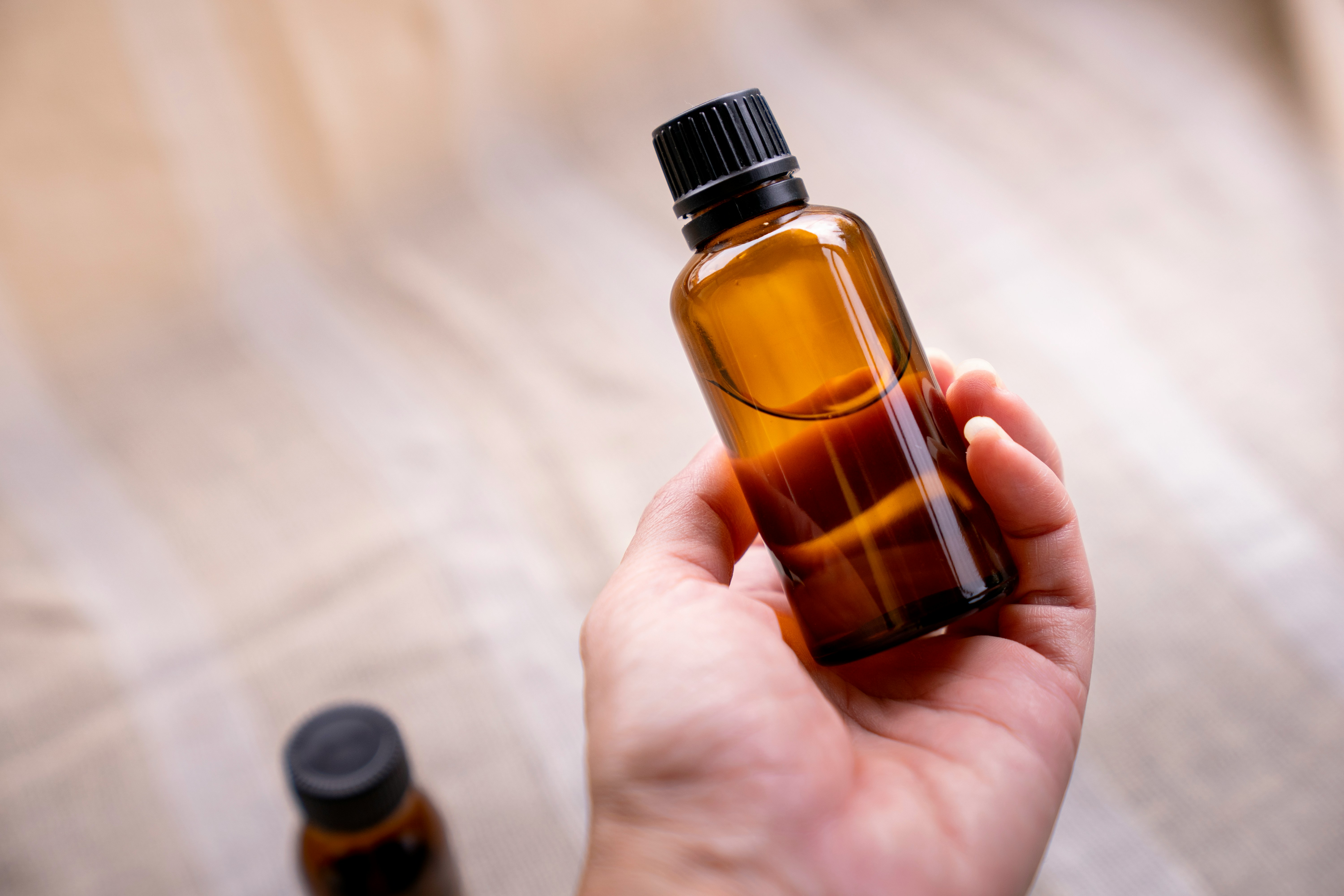


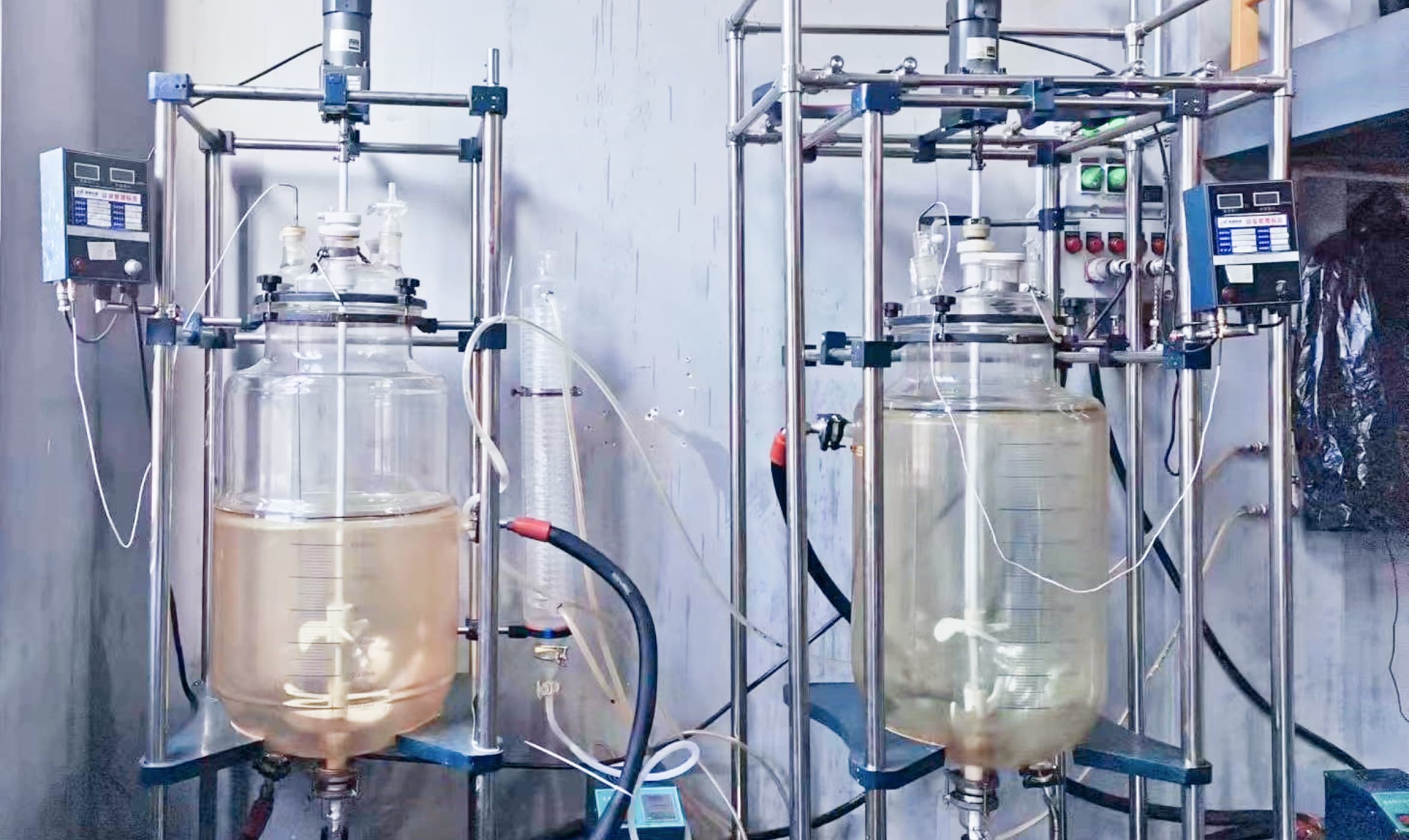



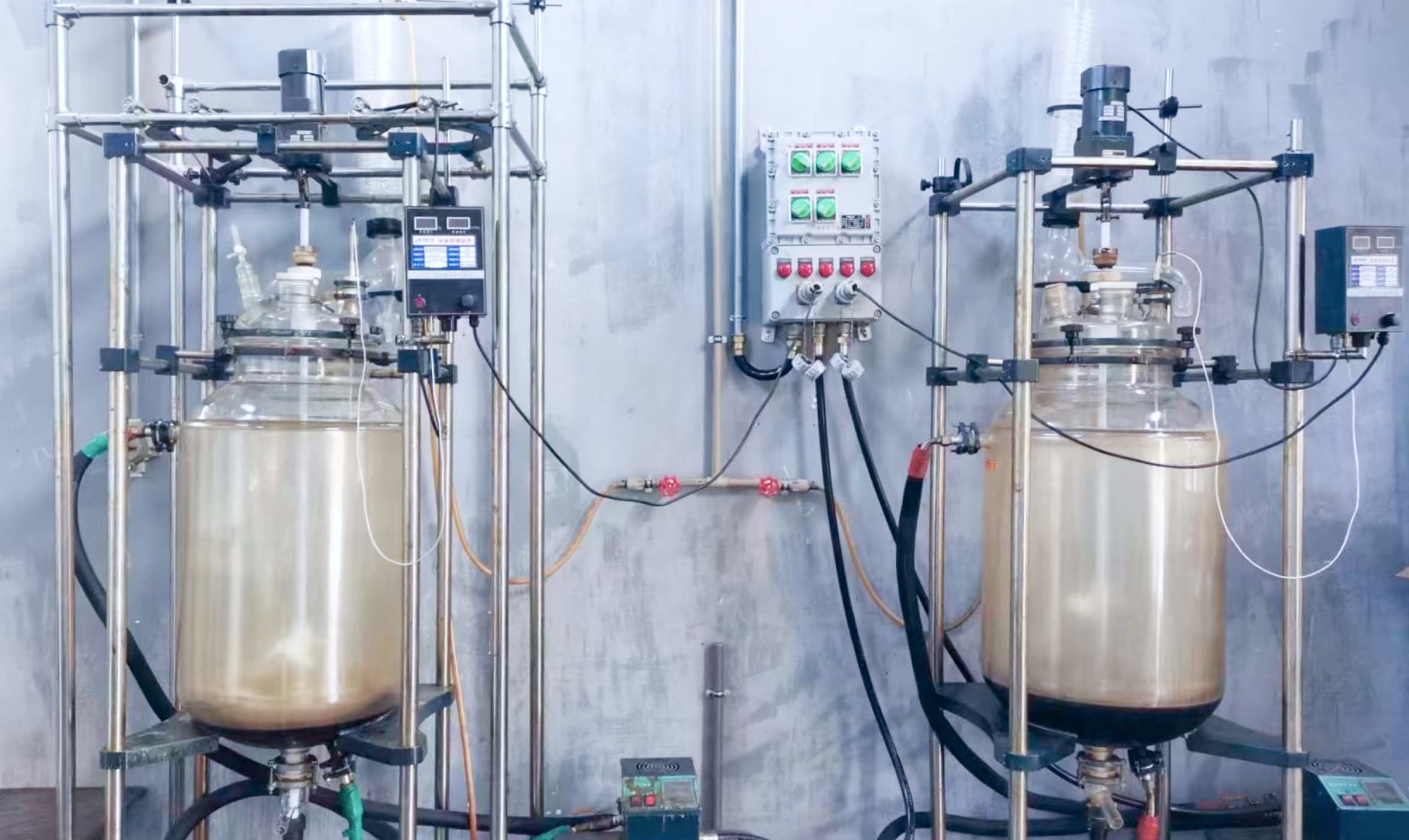
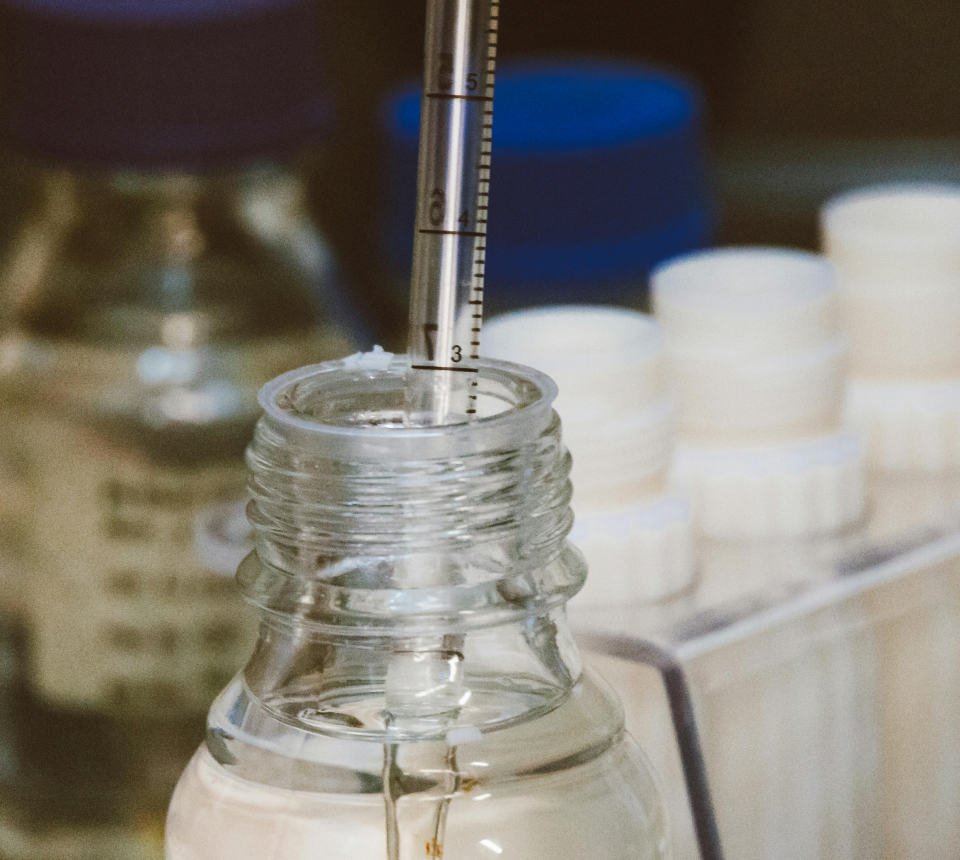





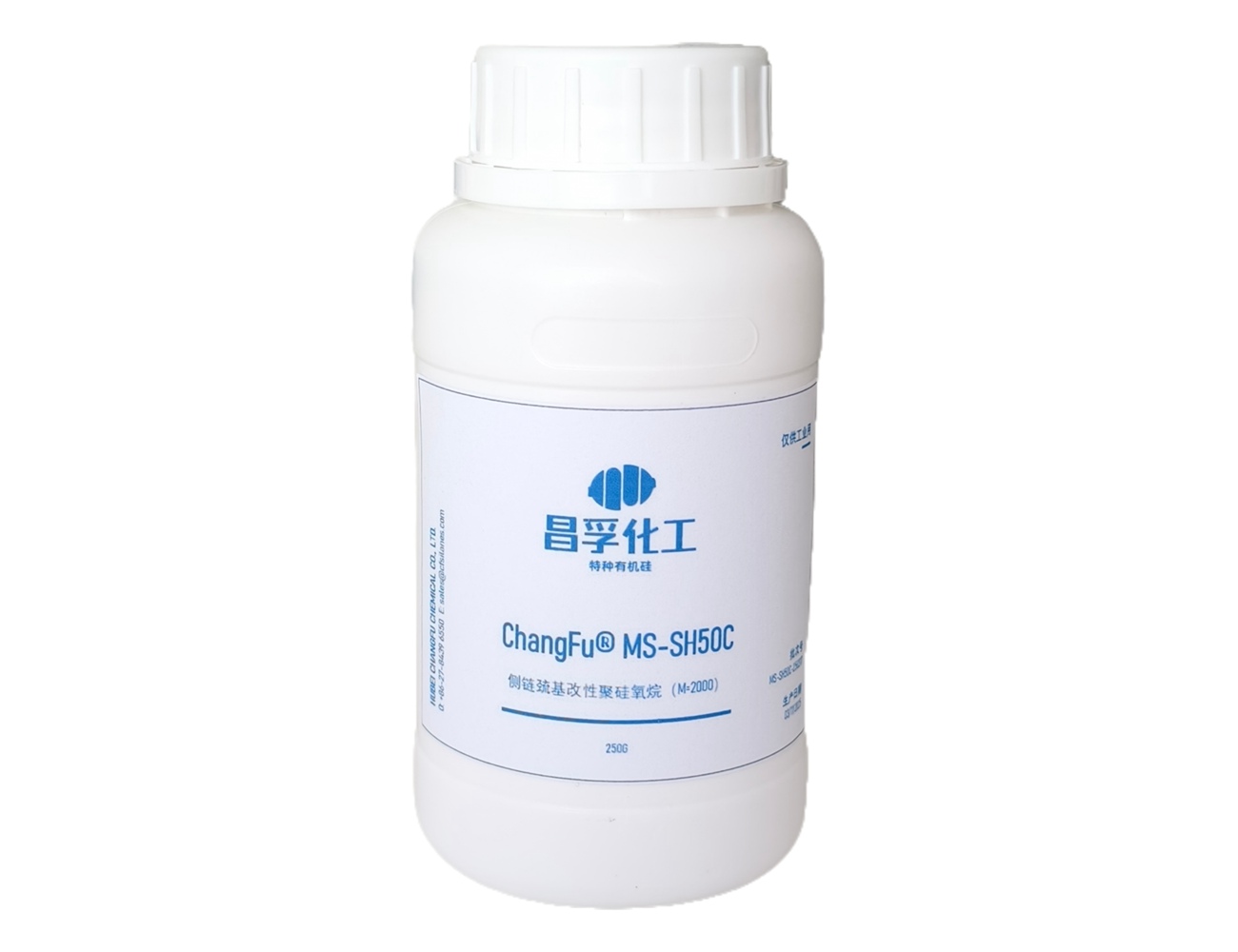



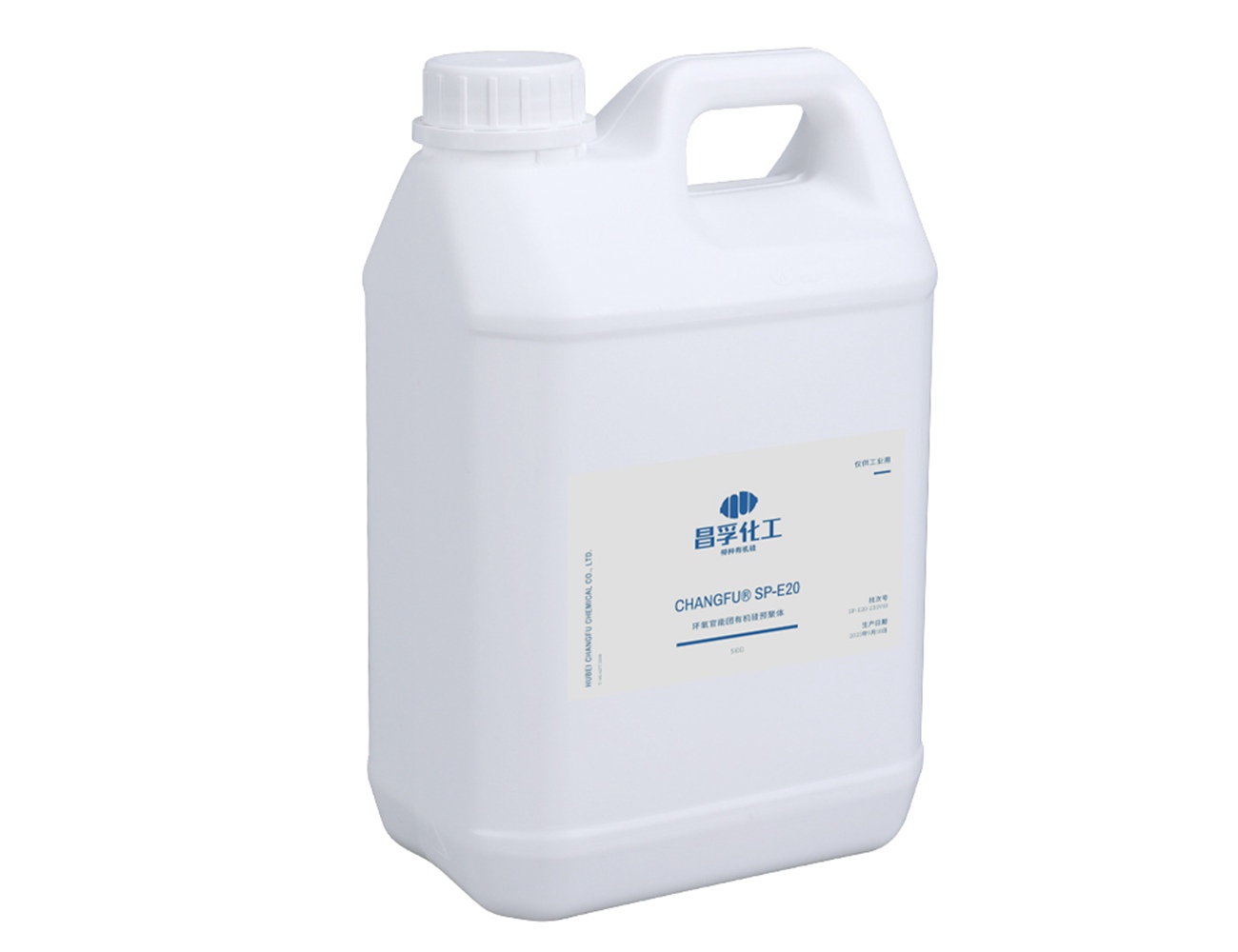
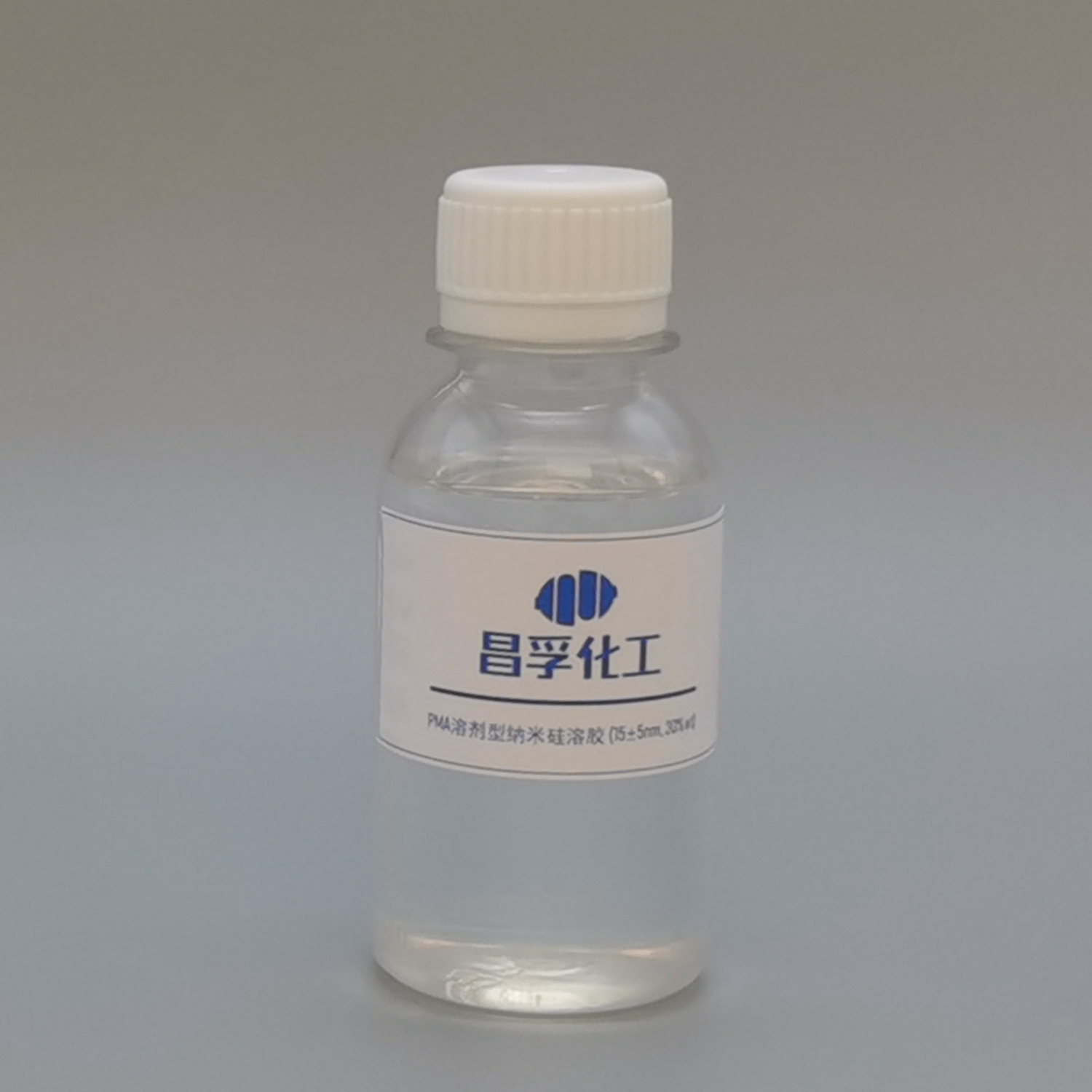
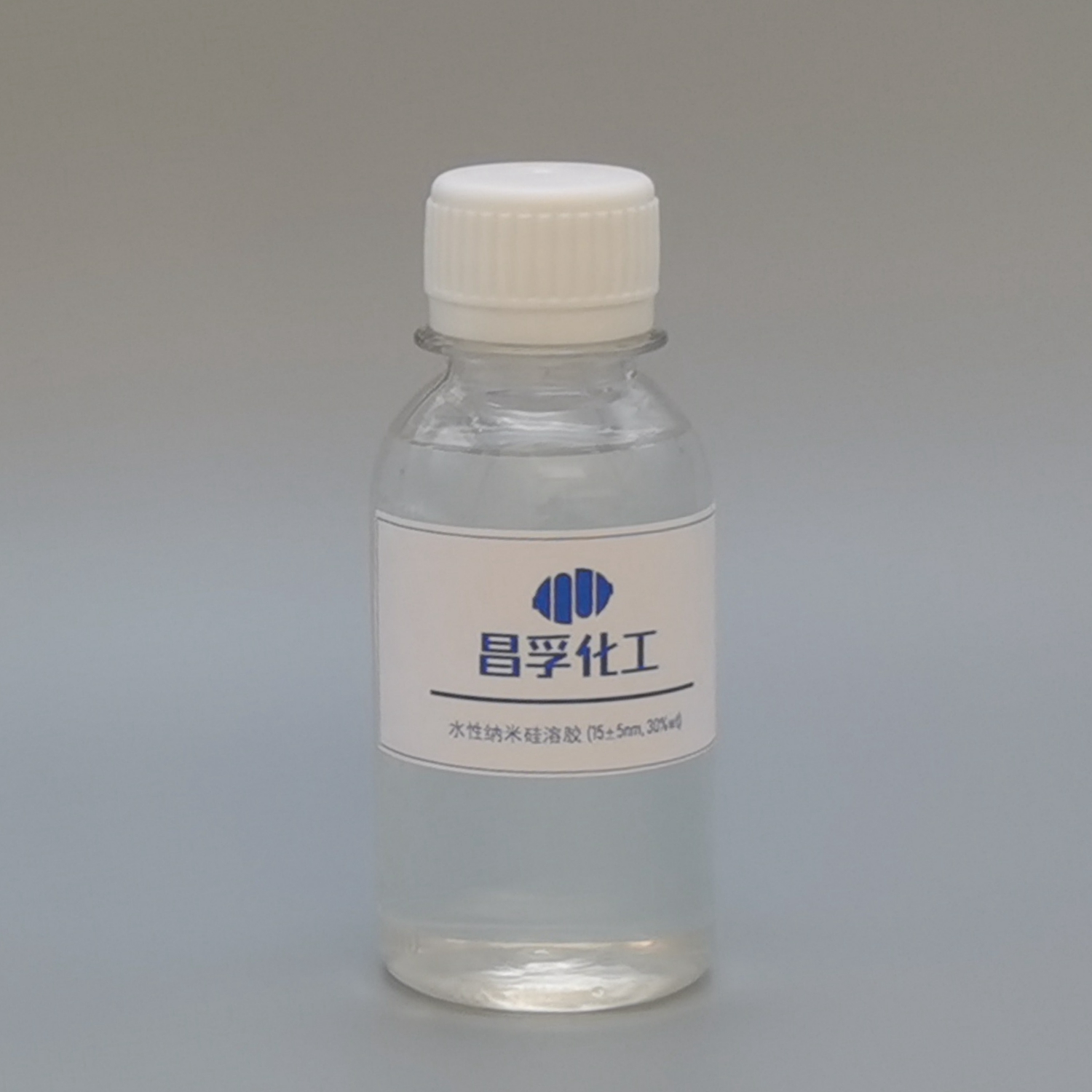

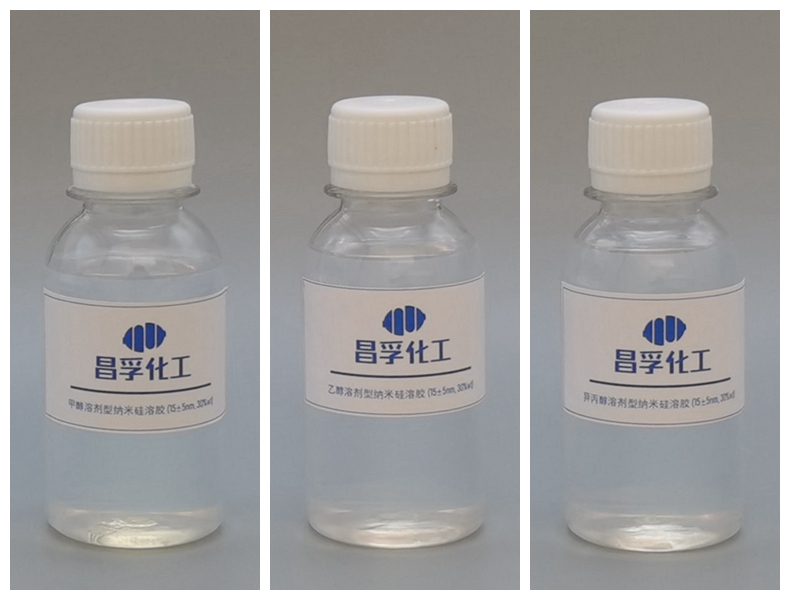
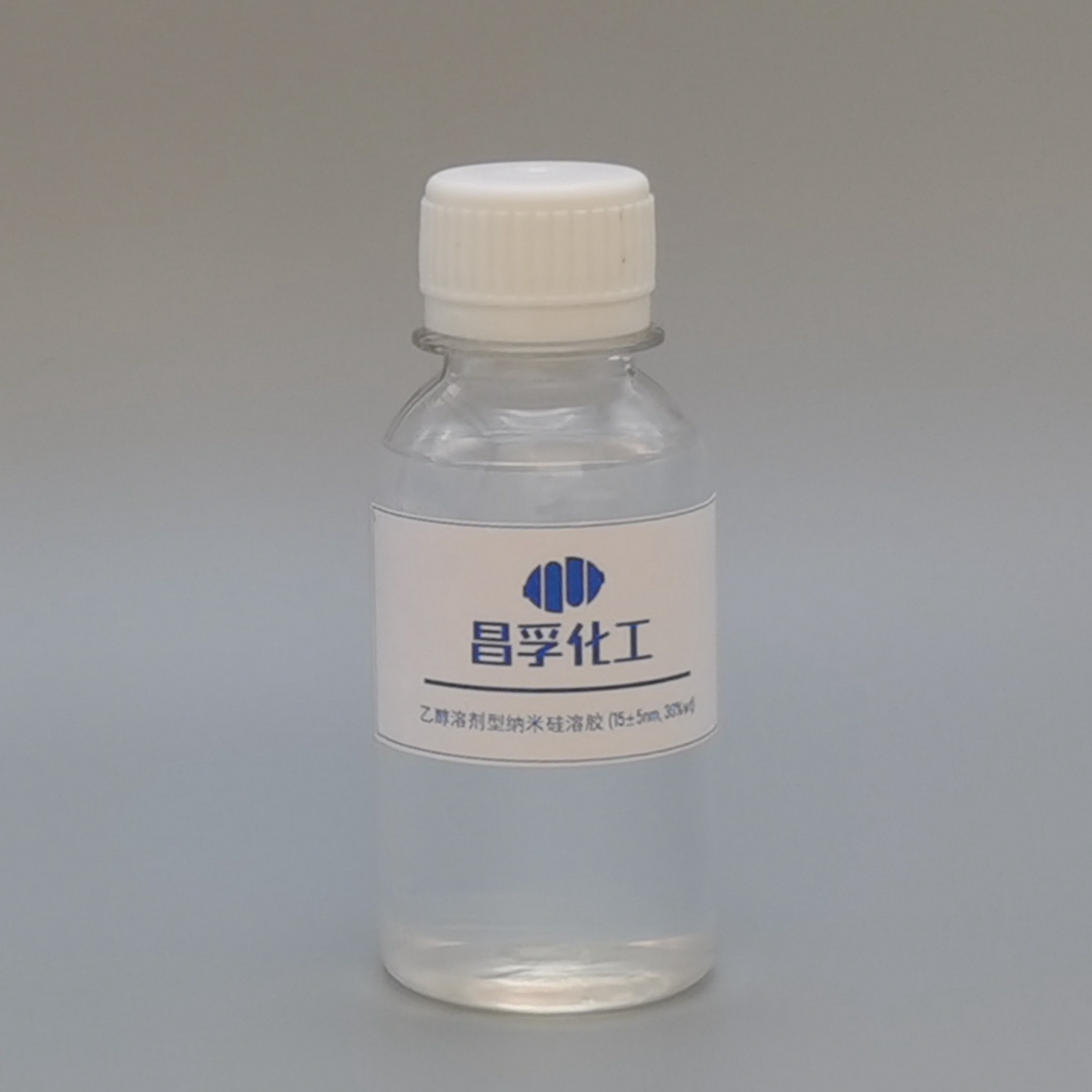
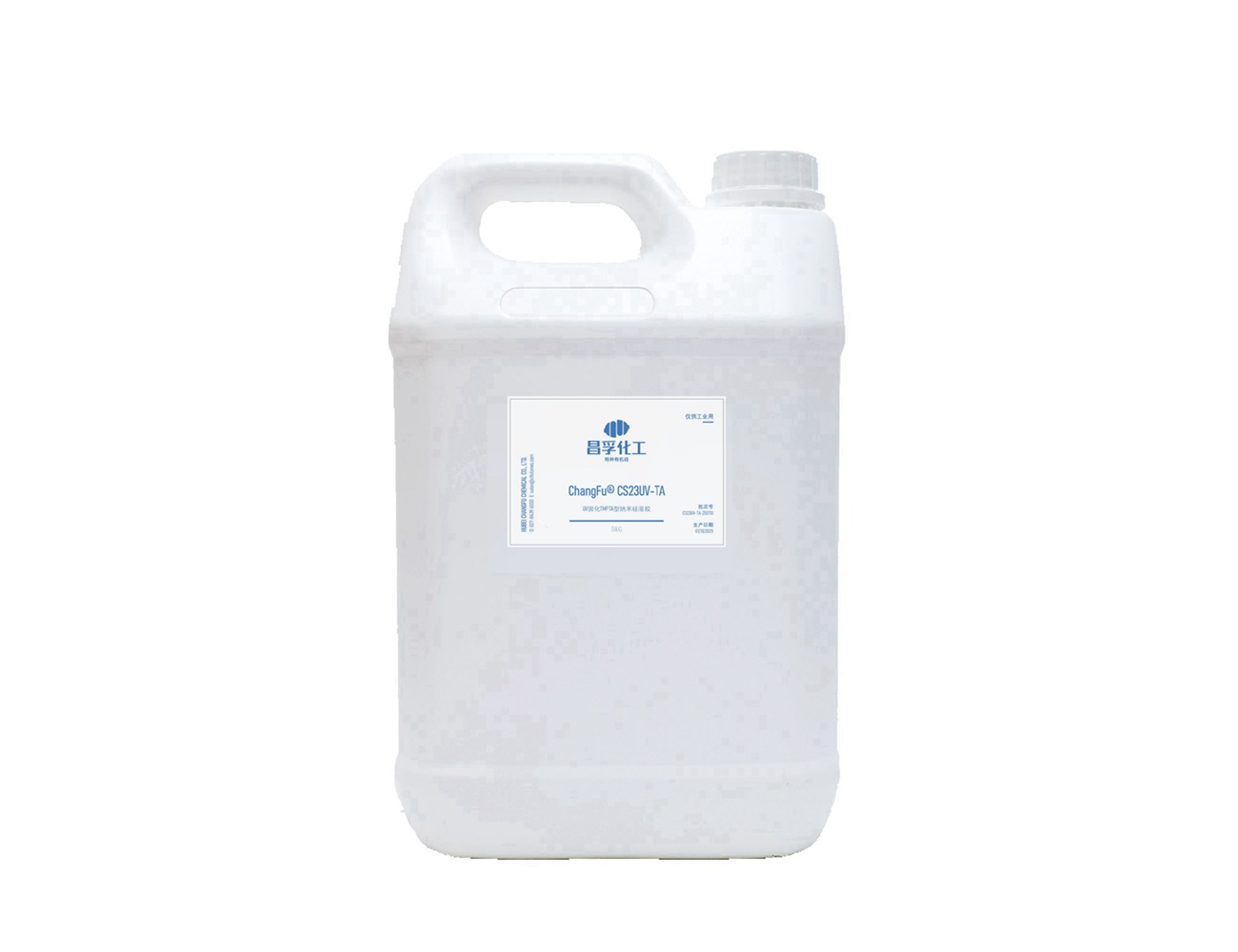
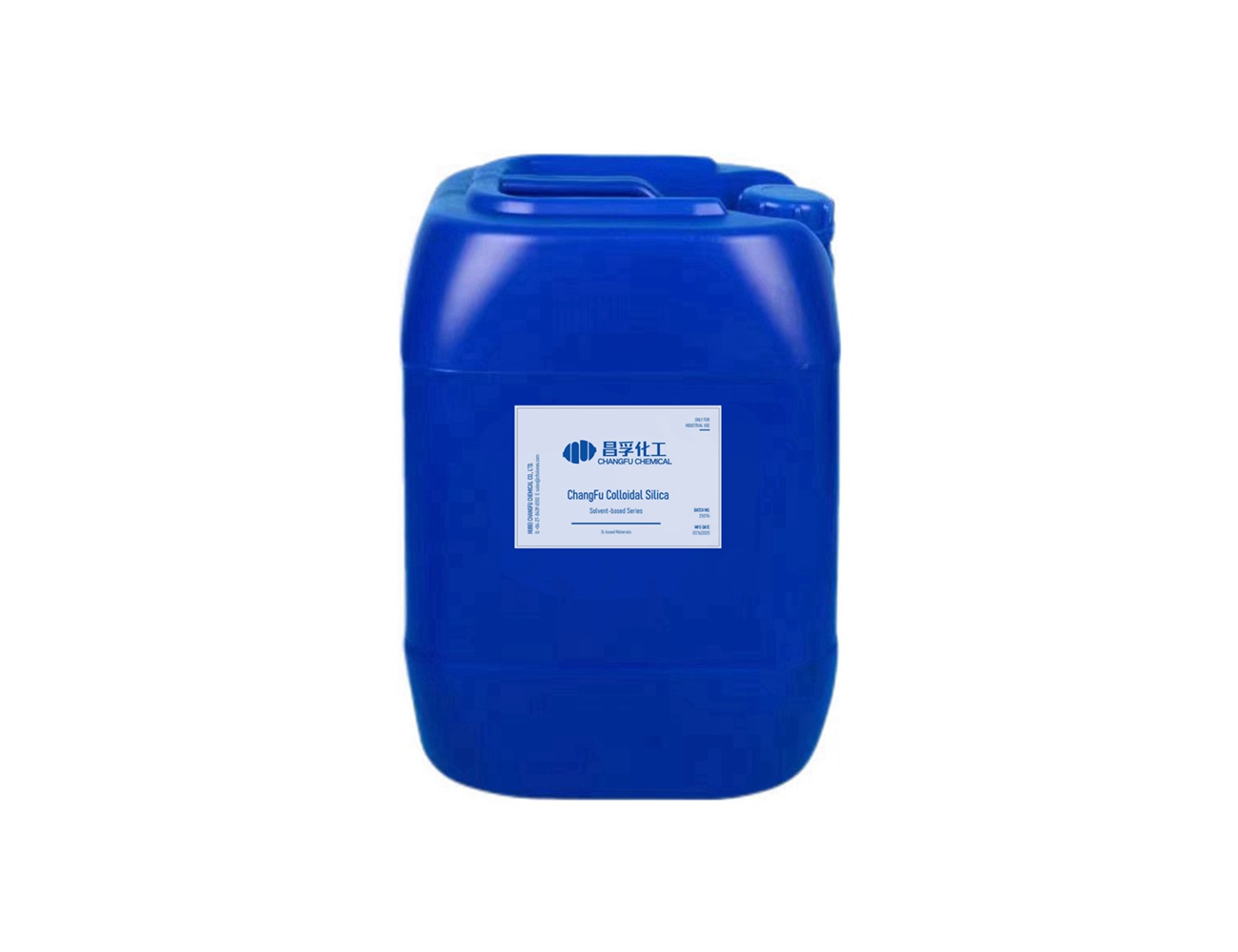


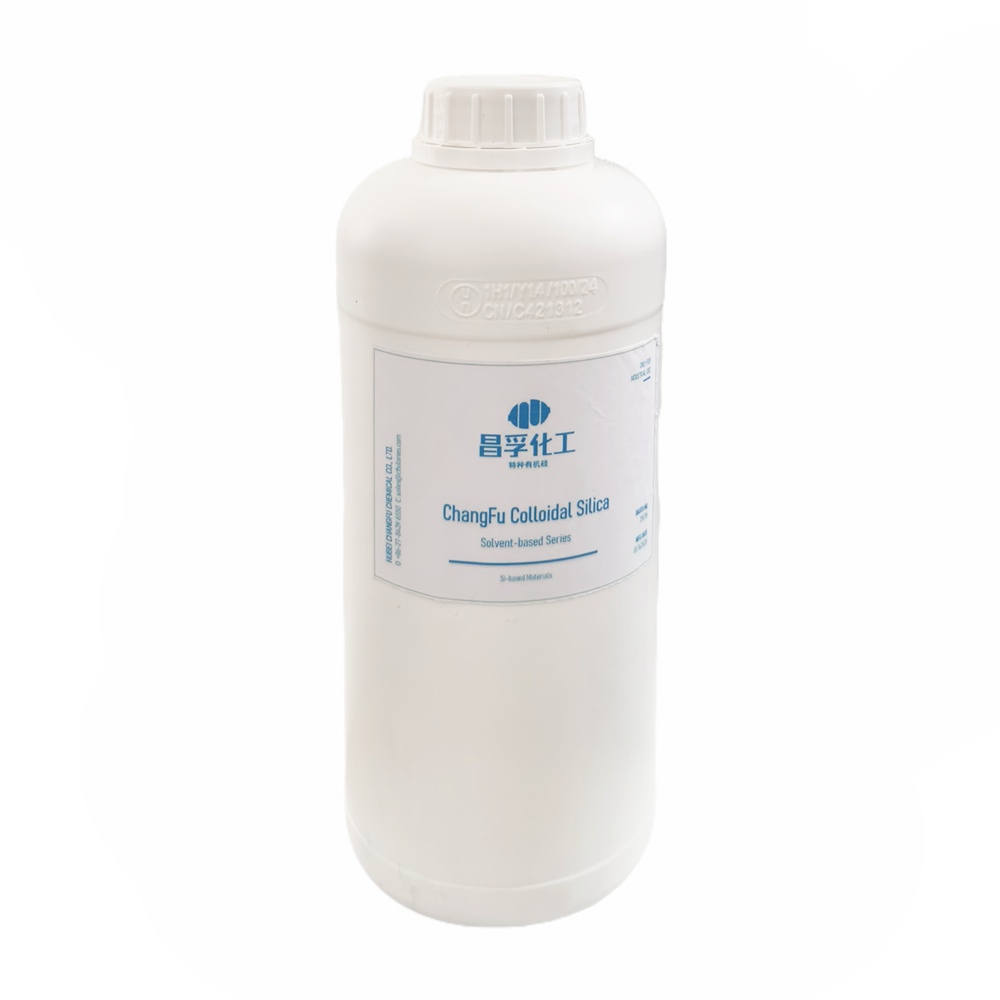


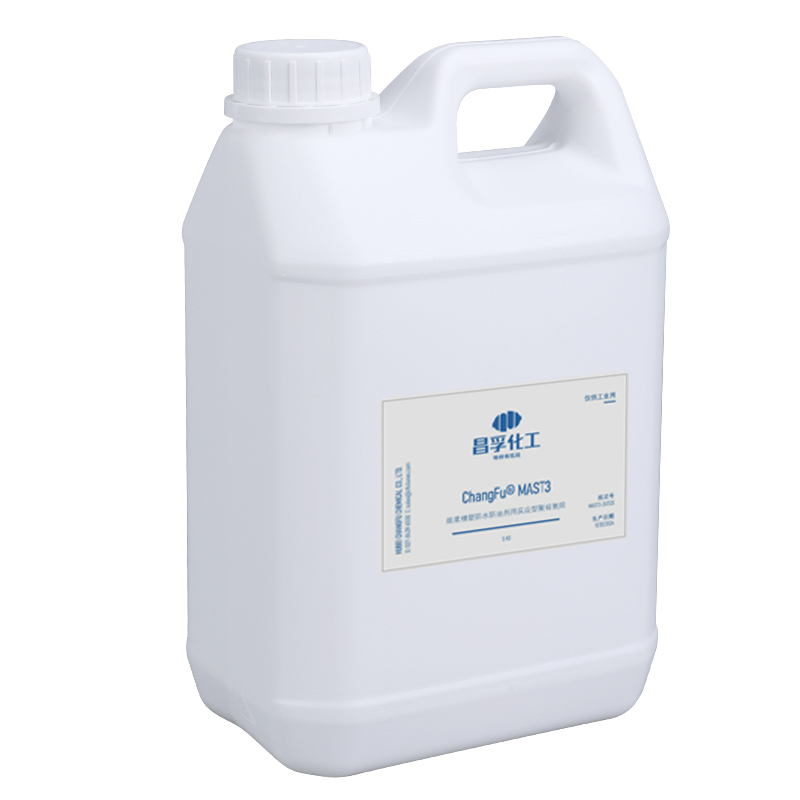





































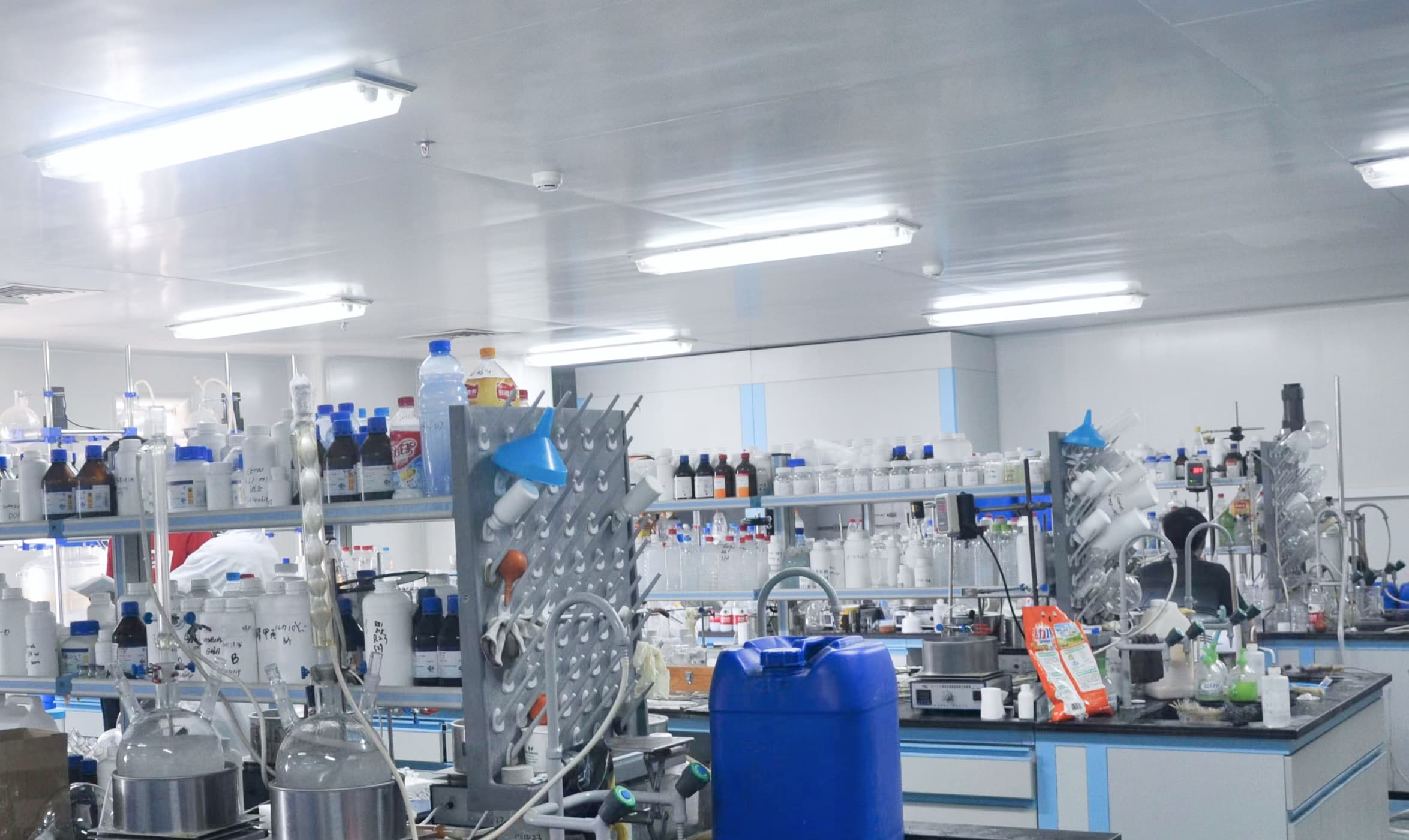

+86 27 8439 6550
+86 181 6277 0058
sales@cfsilanes.com
Optics Valley Bio-City
No. 666, Gaoxin Avenue
Hongshan District, Wuhan City

+86 27 8439 6550 | +86 181 6277 0058
sales@cfsilanes.com
Optics Valley Bio-City
No. 666, Gaoxin Avenue
Hongshan District, Wuhan City
Copyright © Hubei ChangFu Chemical Co., Ltd. All Rights




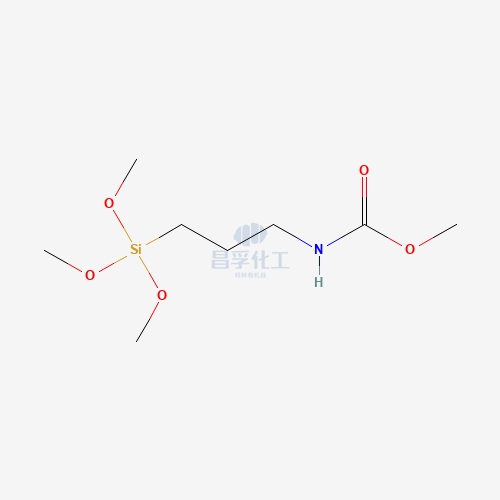
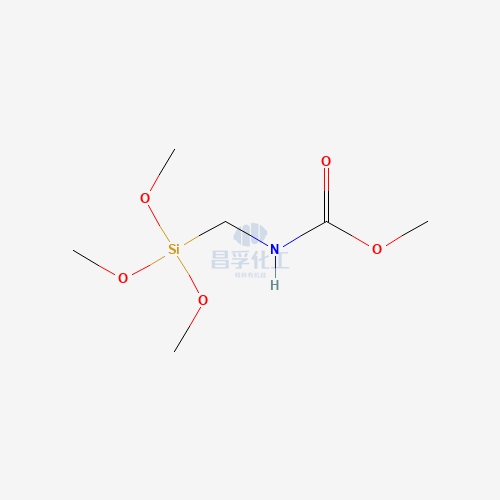
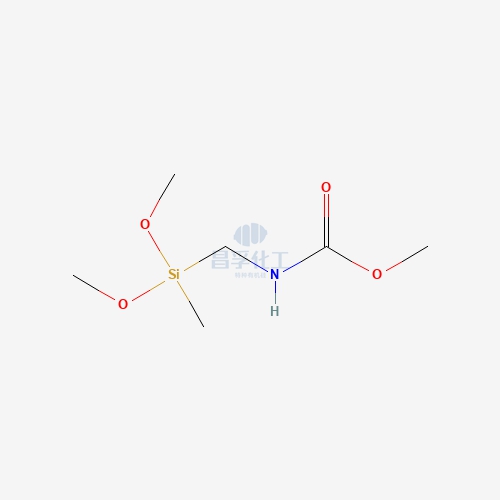
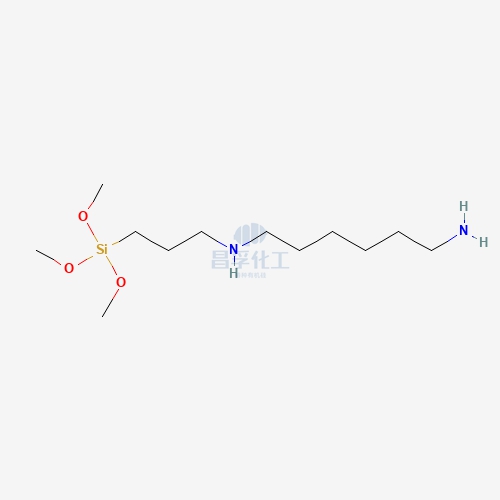
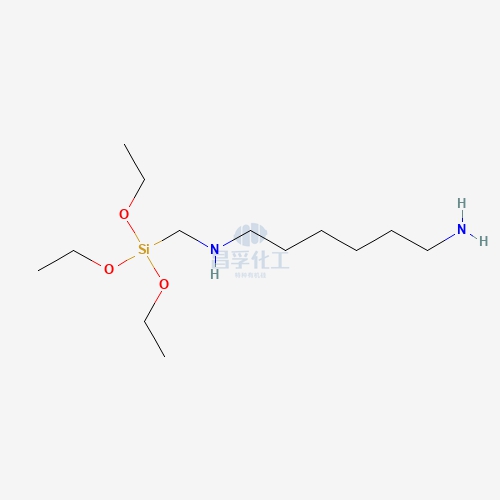
![N-[5-(Trimethoxysilylpropyl)-2-aza-1-oxopentyl]caprolactam CAS: 106996-32-1 106996 32 1 N-[5-(Trimethoxysilylpropyl)-2-aza-1-oxopentyl]caprolactam CAS: 106996-32-1 106996 32 1](https://cdn.yofishseo.com/1363882761272232/106996-32-1.jpg)
